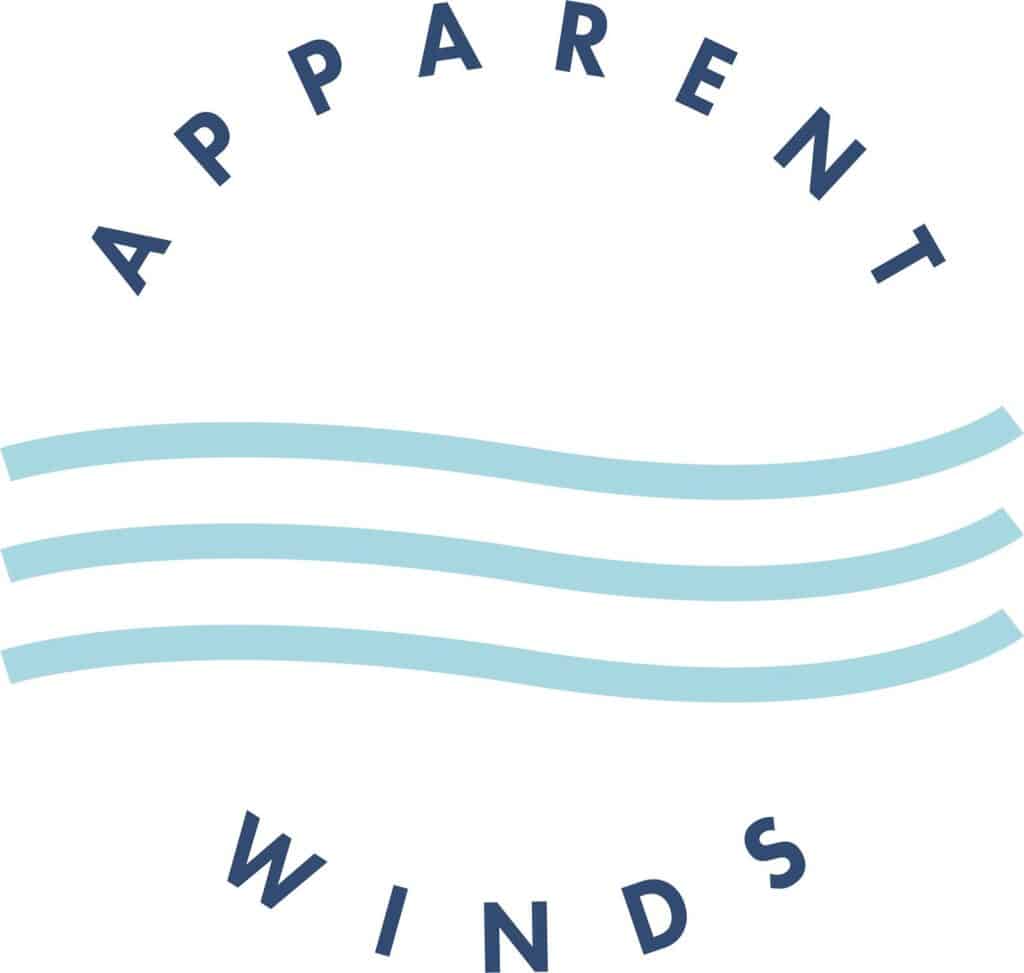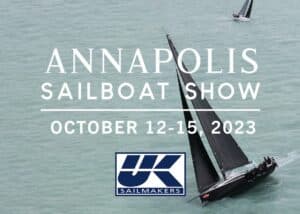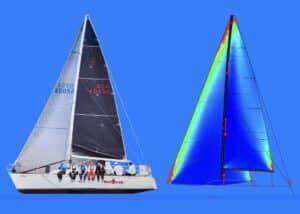Wherever I’m sailing, I always look for advice from folks who have made the crossing I am about to embark on. This could be as short as an overnight passage from one harbor to the next or a 30-day passage across the Pacific. I firmly believe that a major key to safety and success at sea is to remain humble, always ask questions, and, of course, respect the ocean.
So, when the time came to sail from Panama to Florida in December 2021, I was on the hunt for advice. I asked other sailors on the docks of Panama City and Colon. I was making calls back home to old salts. The problem was that most folks in Panama were heading West with the trades. Other folks who happened to be going in another direction weren’t going straight to the United States. A common route to Florida includes going either North slowly when the weather allows or East for Colombia when the weather allows, and then making a much easier point of sail North from there.
Oftentimes, folks wait until late spring or early summer. Our goal was to sail from Panama to Florida without stopping. I couldn’t find the advice I was looking for. It was time to get home, and we also didn’t want to be in the Caribbean for hurricane season.
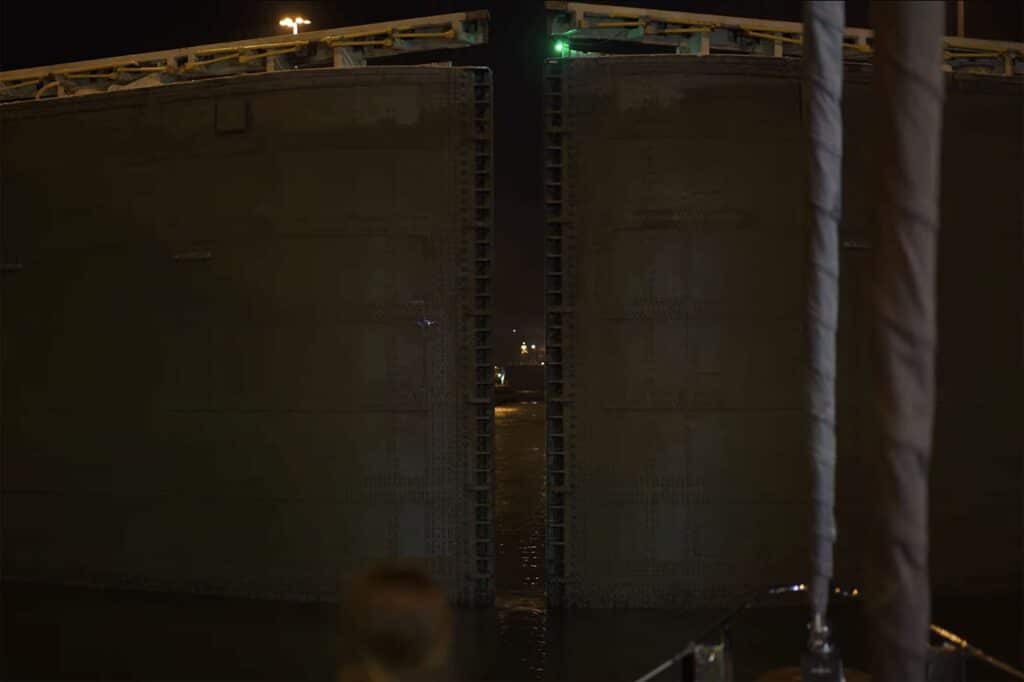
SV RESILIENCE passing through the Panama Canal in the previous leg of the Apparent Winds Expedition.
It’s not just about the weather. If you read the legendary work of Jimmy Cornell, he gives decent routes from Panama, but I found them a bit too vague and didn’t consider a large concern in this part of the world; pirates! To keep a very long topic short, there ARE pirates out there. As of spring 2023, pirate activity has already been reported. This means that you may want to run “dark” at night, meaning lights out, AIS not transmitting, and a very serious watch supplemented by radar. The scary thing here is that running dark is a common practice, so you must remember that you’re likely not the only one trying to be invisible out there!
Secondly, it’s best to keep your distance from shore, where it’s an easy run out for speedboats and Pangas. As I said, piracy is a whole other topic, and I’d like to write about our experiences sometime, but we’ll save that for later. Just remember, piracy is a reality.
In 2021, with a need to get to Florida and only flakes of advice here and there, I charted out a course that I felt met our needs both for sailing quality and piracy safety. It was a bumpy ride out of Panama but all together, it was a very successful route. When we needed to make the same passage again in 2023, I pulled out my old waypoints, re-examined them with the March wind conditions, and followed them nearly exactly. The only change we made was to depart from Guna Yala (the San Blas Islands), which are further East than Colon and therefore made for a slightly better angle upwind. Once again, we had a great passage!

Local sailors in Guna Yala often use sprit-rigged canoe boats for transport between the islands and to the mainland. You can watch the story of this incredible stop in the Apparent Winds Expedition by clicking here.
Here’s what we have learned:
Before You Begin
Watch the weather. In the winter, the winds are typically stiff. They will also often shift from easterlies to north easterlies with varying strength. If you time it right, you’ll give yourself a much better sailing angle to head north. If you time it wrong, you’ll most certainly have to tack up to make up for a bad start. The good news is that as you make it further north, the angle will typically improve as winds become more easterly. I started studying my Predict Wind GRIB files weeks in advance and they proved to be accurate. Not long before this passage, we began the process of replacing our sail inventory with all-new UK Sailmakers’ sails. I was much more at ease for this passage, knowing we had quality sails aboard.
During our latest passage, we managed to have a comfortable sail north with our staysail and reefed mizzen balancing each other, keeping us tracking well without feeling overpowered in the gusty conditions. We kept our Yankee partially unfurled as well for the upwind leg. Typically, you don’t want to run too long with a partially furled sail, but I was a bit more at ease given that our Yankee is now made from Contender’s FiberCon Pro Hybrid cloth with Dyneema. Basically, the sails will hold their shape for much longer, creating wonderfully resilient sails! With this setup, we managed to push along well.
The Route
The Route: From Panama, we headed for Waypoint 1: 15 11.780N by 79 52.097W.
This is a nearly due north course. Keep in mind that whenever possible, you want to follow your lifts. You want to keep clear of the Roncador and Serrana Banks, which come up to your west before the waypoint. This is by far the hardest part of the trip, which means you and your crew will likely get to ease back into a nice cruise once this first leg is behind you.
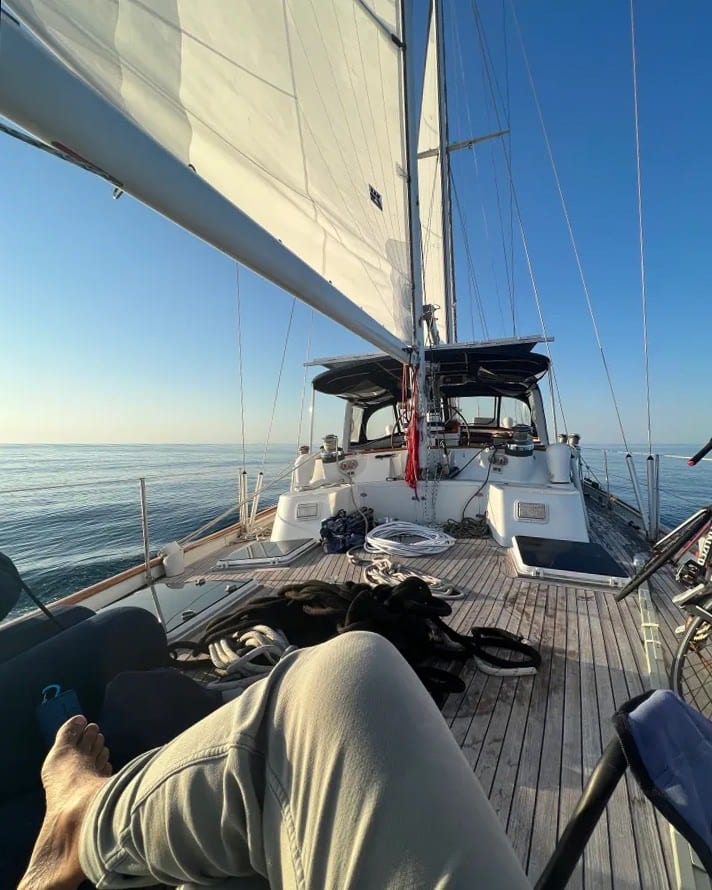
RESELIENCE sailing in light air with a new set of sails made by UK Sailmakers Northwest. The sails were designed with performance, durability and longevity in mind for bluewater/offshore passage-making.
From Waypoint 1, you can then make a turn to the northwest and follow Waypoints 2 and 3.
Waypoint 2: 15 56.713N by 80 37.242W
Waypoint 3: 16 41.017N by 81 5.436W
Ok, this is probably my favorite part of this route. It will take you along the edge of an area known as the “Nicaraguan Rise” and between areas of shallower water. It’s not so narrow that we’ve ever felt in any danger, but it does provide a 1.5 – 2+ knots current; that’s a great reward for that first leg! At this point in our last passage, we were finally able to completely unfurl our massive Yankee and shake our reefed mizzen. We ripped through this leg easily, making a steady 10+ knots SOG.
From Waypoint 3, the waters open up from obstructions, and you can head straight for Waypoint 4: 21 32.571N by 85 15.030W.
As you approach Waypoint 4, currents and winds, become a bit more variable again. If you can, keep a good eye on new GRIB files. I have marked several safe anchorages off the coast of Cuba in case it looked as though we were going to hit unfavorable weather. The current can get you here, so expect it. You may be able to avoid it using GRIB forecasts or other resources, best of luck!

Once you’ve made Waypoint 4, the goal is to find the Gulf Stream and then pick your landing in Florida. In 2021, we landed in Key West and in 2023 we went straight for Miami. I’ve provided the two locations at which we entered the Gulf Stream during our last two passages.
2021 Gulf Stream: 23 28.220N by 83 44.464W
2023 Gulf Stream: 23 16.583N by 83 49.989W
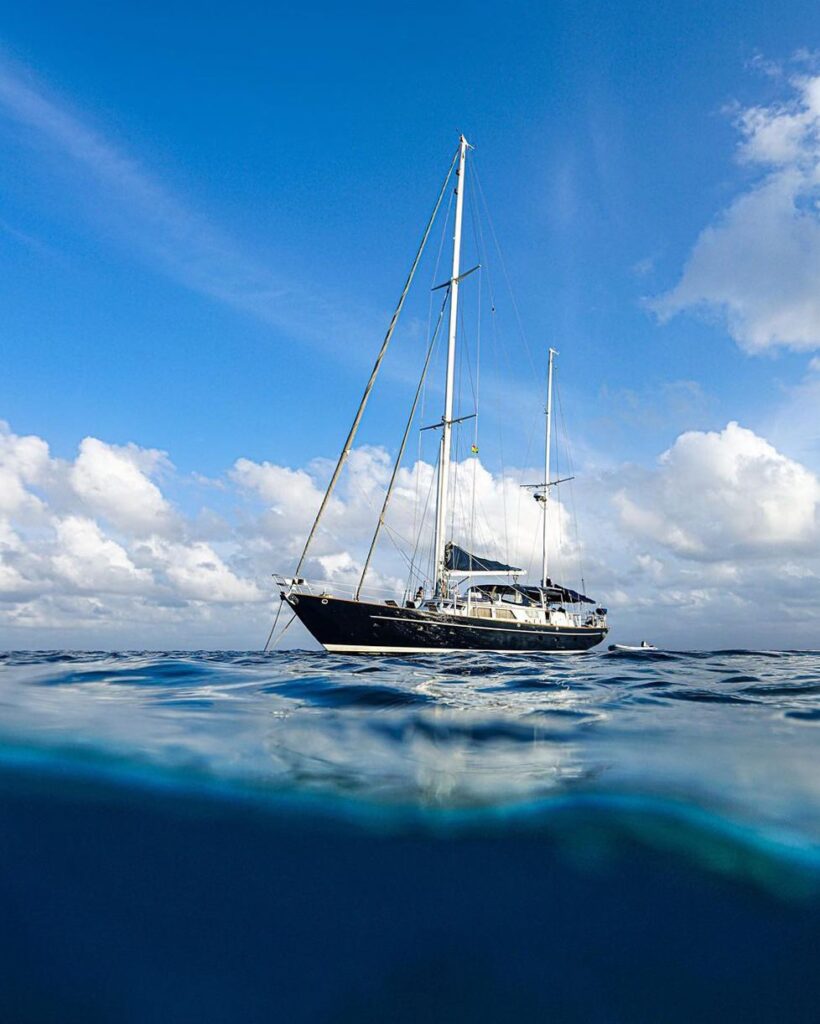
RESELIENCE at anchor with blue skies and seas.
Conclusion
In short, the sail from Panama can be a bit daunting compared to your typical cruising routes, especially in winter. The key is to time your departure from Panama as best you can. If you can depart from Guna Yala, do it! The angle is a bit better, and it’s a beautiful country with wonderful people. What I love most about this passage is that the hard work really comes at the beginning, leaving you and your crew with only good things to look forward to for the final two-thirds of the journey. Our latest passage from San Blas to Miami was 1249 NM in total and took about seven days.
Fair Winds,
Prentice “Tripp” Brower
Capt. of SV Resilience and Executive Director of the non-profit Apparent Winds
www.apparentwinds.org
FB,IG,YouTube: @Apparentwinds
